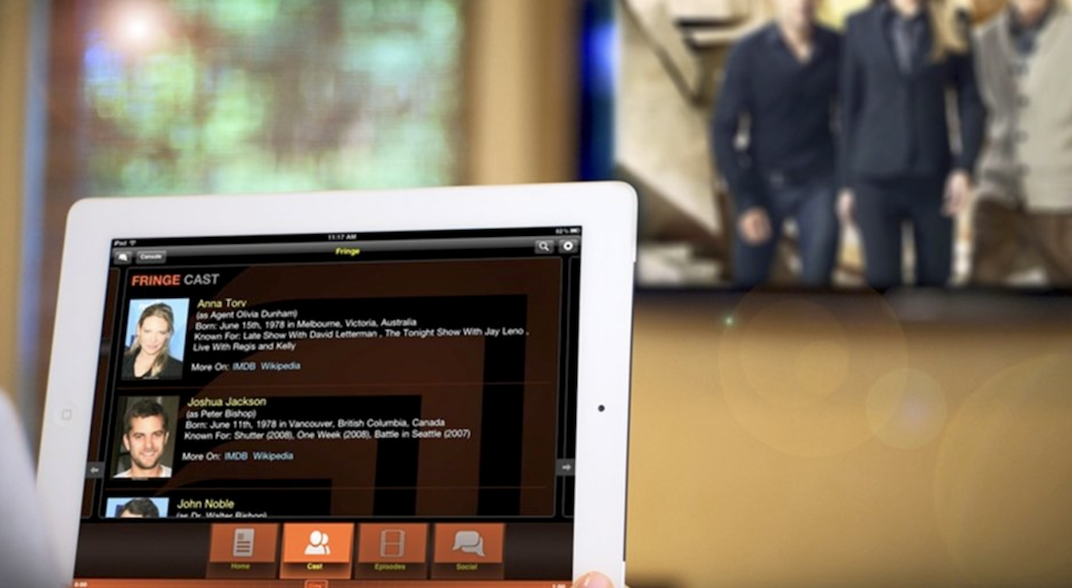Social media is becoming a bigger part of the television experience. This shift is arguably being driven by the mobile revolution and the rise in second-screen engagement. Indeed, today’s most popular TV events and shows have an engaged social media audience, watching using their televisions, while reacting on social media from a mobile device. This leads to a chicken-and-egg question: Are popular shows driving users to social media or is social media driving the success of the most popular shows? The short answer is yes. Smart networks are taking advantage of the social savvy of their audiences to drive engagement, raise awareness and attract more fans. Indeed, Nielsen data indicates that social media increases awareness of more shows.
This is especially true among ethnic minorities. However, social media seems to have the biggest impact on Hispanic viewers, 32 percent of whom indicated that they are aware of more programs and 26 percent said social media enhances their viewing experience. While there’s no denying the increasing number of cord cutters, or TV consumers moving away from traditional cable and to streaming services, Nielsen data indicates that nearly half of all viewers prefer to watch live. And for the live-viewing audience, social media is replacing the traditional postscript conversations with real-time engagement. As a result, some of the most popular shows and events on TV also have highly engaged audiences. For example, the 2014 World Cup was one of the most widely watched sporting events in the world and broke records for social engagement. But it’s not just live sporting events, ABC’s “Scandal” and “How to Get Away With Murder,” AMC’s “The Walking Dead,” and FOX’s “Empire” are some of the most popular shows, and rank among the most social shows as well. Here are some best practices for social TV engagement: Generate Buzz Around Big Events: Big events attract huge social media audiences. Like like huge audiences turn to social media to discuss and share their reactions to events like the Super Bowl, highly anticipated premieres and finales attract big crowds on social media as well. For example, fans of “The Walking Dead” generated more than 1.2 MM tweets, while the “Breaking Bad” finale reached 9.1 MM people on Twitter. Appeal To Underserved Audiences: The increasing popularity of Empire can largely be attributed fans talking about the show on social media and converting more fans every week.
However, the real hook for “Empire,” according to NPR, is that it tells a story black audiences can relate to. Likewise, the entire #TGIT lineup on ABC appeals to multicultural audiences hungry for stories that normalize their experiences. The caveat here is to avoid the mistake of targeting different demographics all in the same way. Return Engagement With Engagement: Game of Thrones has arguably one of the most engaged audiences on social media. In addition to a successful cross-platform approach, the GoT cast is also making connections with their fans by sharing snapshots from their life away from the show and Tweets from behind the scenes.

